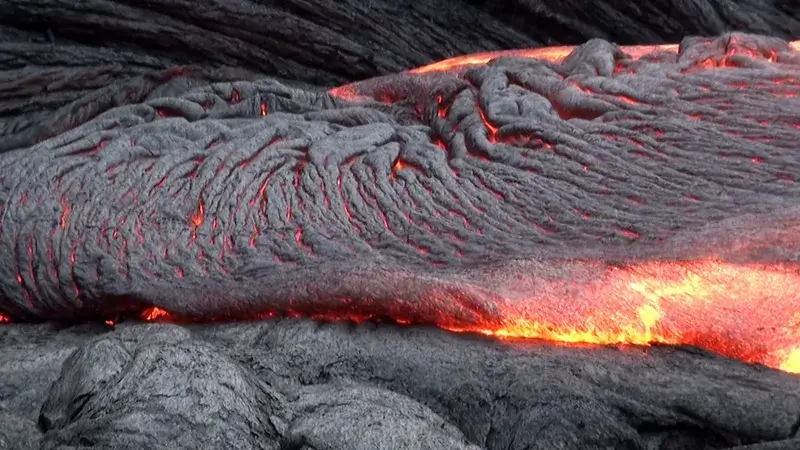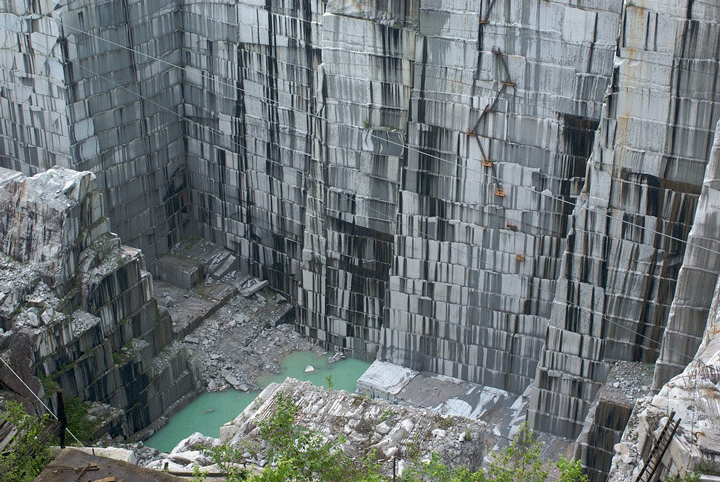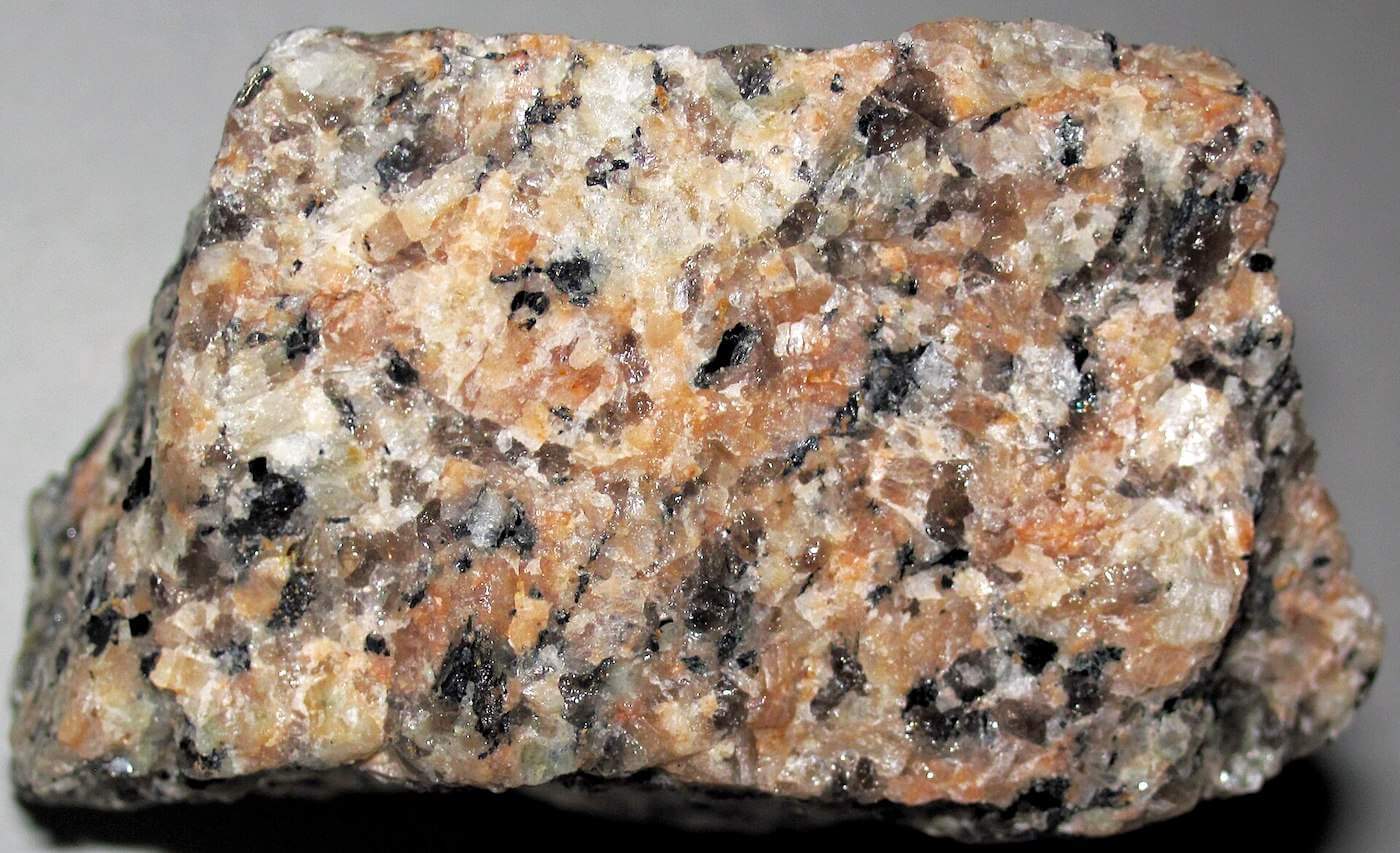Granite is one of the most common countertops material and it is a popular option due to its ability to combine beauty with durability. But how is granite formed? Understanding how is granite formed will give you a better understanding of its pros and cons, and it will give insight into the geological process.
Granite isn’t just a simple rock. It is a testament to the history of the Earth. The formation journey of granite begins very deep within the crust of the Earth. This is where very immense amounts of heat and pressure over millions of years create this incredibly durable material.
What is Granite Made Of?
Granite is a type of igneous rock. This means that it is made up mostly of cooled-down magma. However, what makes granite such an outstanding material to use in home improvement projects is the other ingredients it contains. This composition makes granite truly unique. The main key minerals granite contains are:
- Quartz: Quartz gives granite a lot of durability and hardness. This natural mineral is also known for its natural and ethereal beauty.
- Feldspar: Feldspar is the most abundant mineral in granite and gives the slabs their gorgeous and versatile colors.
- Mica: Mica adds a slight shimmering effect to the granite slabs that give them an extra pop.
Magma in Granite Formation

The journey of granite begins in the deep layers within the surface of the Earth. This is also known as the Earth’s mantle. In this layer, the temperature of the environment is so high the rocks melt into hot magma.
Magma is the starting point of the granite formation. However, it should be said that not all magma becomes granite. For the granite formation, the magma should be rich with certain ingredients such as silica and aluminum. Moreover, it should have low levels of iron and magnesium.
Magma acts as a melting pot that can lead to the creation of granite slabs under the right circumstances.
The Cooling Process
Once the magma is formed, the next important step of the granite formation is the process of cooling. The cooling process spans millions of years and it creates the perfect environment for the crystallization of the minerals within the magma. At the end, the large visible grains that are a signature of granite are formed, giving the stone its unique appearance.
The extremely slow cooling down period of the magma is an essential part of the granite formation. Any change of pace would result in a different stone with different textures and patterns.
Granite Formation
Over time, as the magma cools down, large masses of granite begin to form. These masses are also known as plutons. These plutons can be as large as several kilometers and they take up vast amounts of space underground.
These masses are an amalgamation of the crystallization within the magma. The crystals form interlocking grains and become bigger and bigger over time. This is where granite gets its strength. The interlocking crystals that make up the slabs are hard to dislocate or chip.
Granite’s Journey to the Surface

Granite is quarried close to the surface of the Earth. So how does a stone that was formed in deep layers end up on the surface? The answer to this question lies in the processes of uplift and erosion.
Over millions and millions of years, tectonic plates shift and they push large sections of the crust of the Earth upwards as they do. This brings the layer that housed granite, and therefore granite itself closer to the surface. Once the layers are pushed upward, the soft parts erode due to the exposure, and the durable granite is left behind.
Thanks to this slow yet necessary process, we can enjoy the longevity and elegance of granite in our homes every day.
Where is Granite Found?
Granite is a very abundant material and can be found all over the world. Some regions can have granite types that they are famous for. Well-known locations that are known to produce the most high-quality granite types are also the places where the crust of the earth has been uplifted, which exposes the vast plutons of granite. Some of the most notable granite locations are:
- The Sierra Nevada: This mountain range is known for its massive granite peaks.
- North Carolina: North Carolina is the home of the largest granite quarry in the world. It can even be seen from space satellites.
- The Highlands of Scotland: Scotland is rich in granite formations and the ancient granite in the highlands is exposed due to erosion.
Understanding how is granite formed is an important step towards understanding the characteristics and the quirks of this incredible stone. Through this deeper understanding, you can take better care of the granite fixtures in your home, yard, or office. Moreover, having the answer to the question of how is granite formed will teach you some insights into the formations of rocks and minerals in general, helping you gain a better idea about the geological processes of the world that take millions of years.

